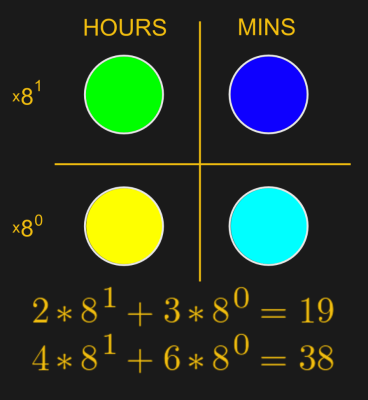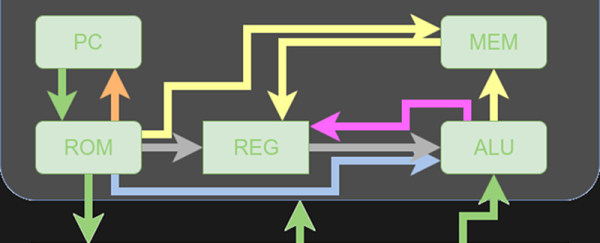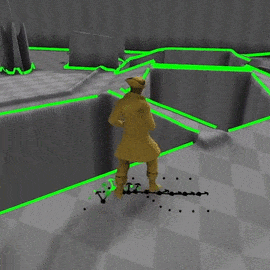If you’re looking for a small, benchtop CNC machine for PCBs and light milling the ubiquitous Sherline CNC machine is a good choice. There’s a problem with it, though: normally, the Sherline CNC controller runs off the parallel port. While some of us still have a Windows 98 battlestation sitting around, [David] doesn’t. Instead, he built a USB dongle and wrote the software to turn this mini CNC into something usable with a modern computer.
First up, the hardware. The core of this build is the rt-stepper dongle based around the PIC18F2455 microcontroller. With a bare minimum of parts, this chip converts USB into a parallel port for real-time control. It’s fast — at least as fast as the parallel port in the ancient laptops we have sitting around and plugs right into the CNC controller box for the Sherline.
The software is where this really shines. the application used to control this dongle is a hack of the EMC/LinuxCNC project written in nice, portable Python. This application generates the step pulses, but the timing is maintained by the dongle; no real-time kernel needed.
There are a lot of choices out there for a desktop CNC machine made for routing copper clad board, wood, brass, and aluminum. The Othermill is great, and Inventables X-Carve and Carvey are more than up for the task. Still, for something small and relatively cheap, the Sherline is well-regarded, and with this little dongle you can actually use it with a modern computer. Check out the demo video below.





 Using
Using 
 [TegwynTwmffat] has
[TegwynTwmffat] has 

 To remedy the abrupt movements, [Daniel Holden et. al] recently
To remedy the abrupt movements, [Daniel Holden et. al] recently 









